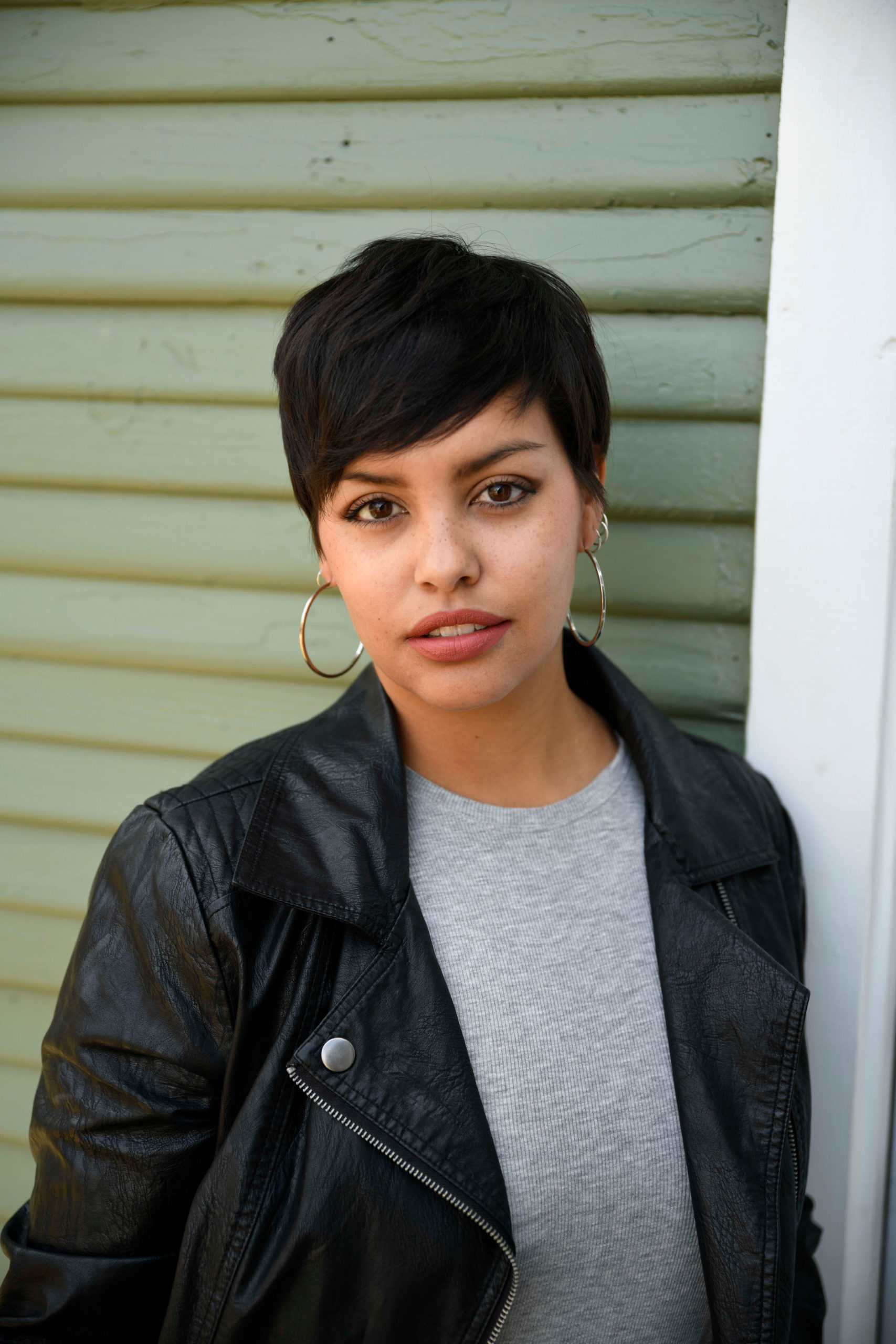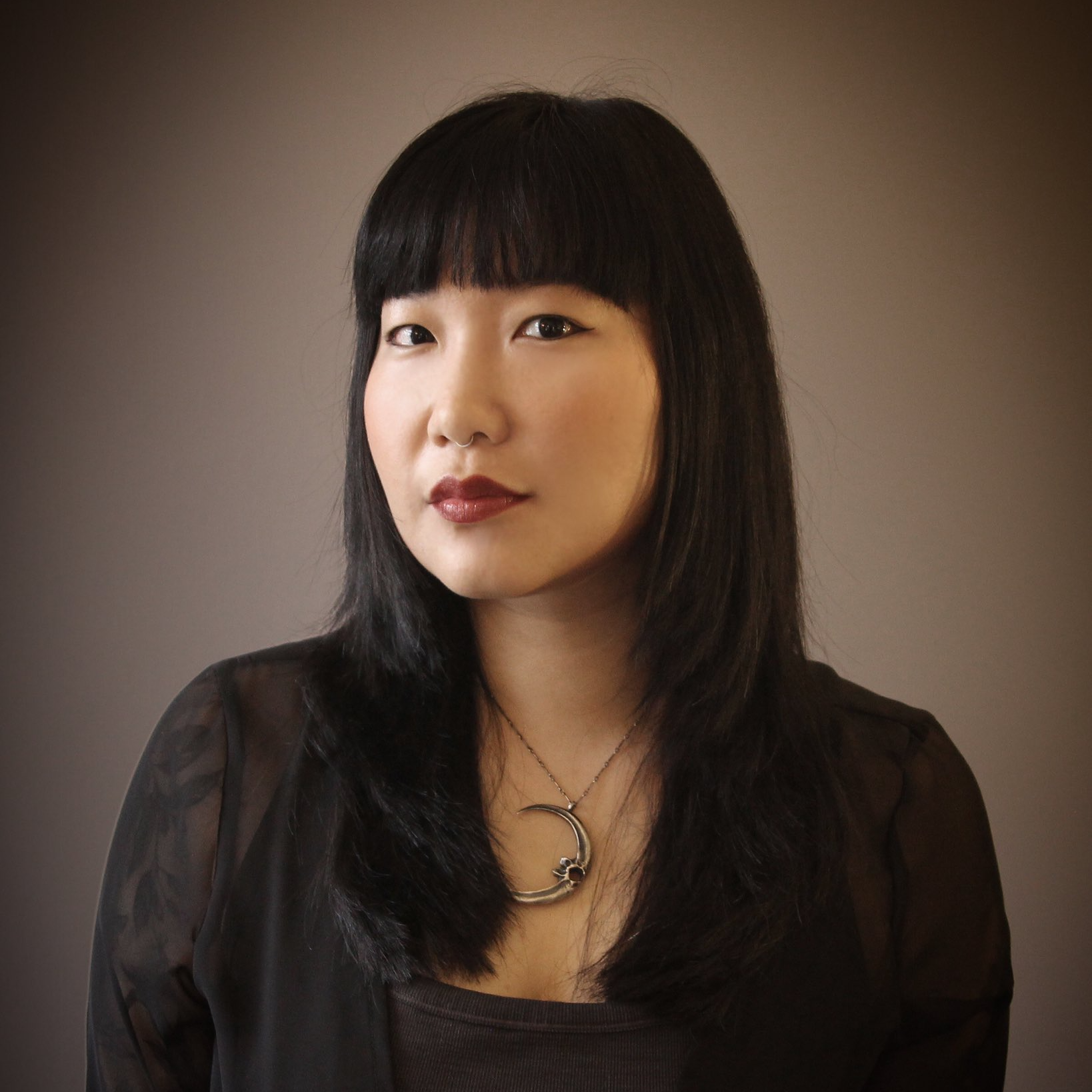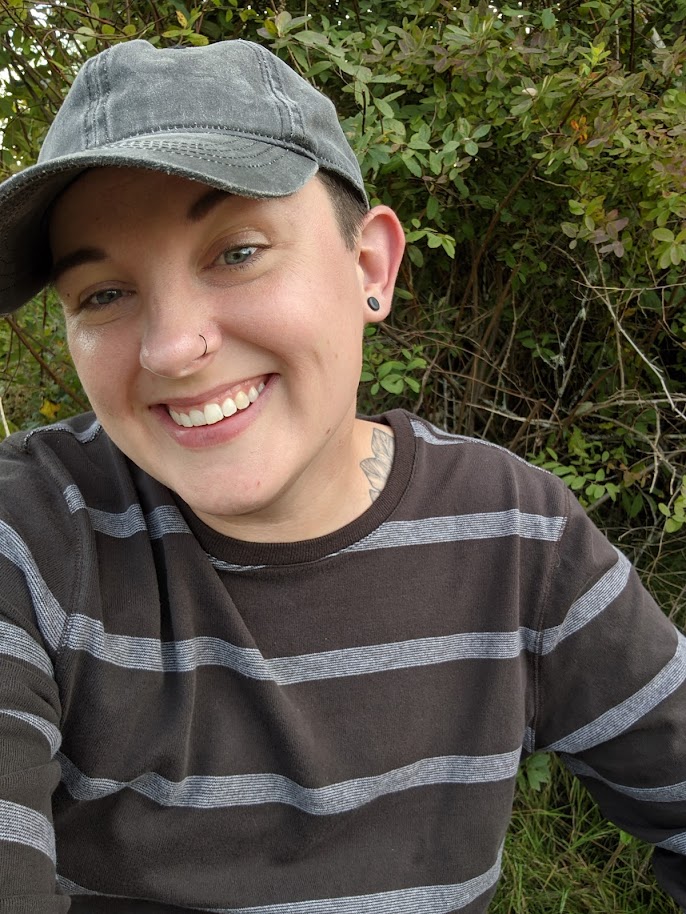
by Michele Kirichanskaya | Jul 17, 2022 | Blog
Alex Temblador is the Mixed Latine award-winning author of Half Outlaw and Secrets of the Casa Rosada, which received numerous industry accolades including Kirkus Reviews’ Best of YA Books 2018 and the 2019 NACCS Tejas Foco Young Adult Fiction Award. She is a...

by Michele Kirichanskaya | Apr 14, 2022 | Blog
Emily X.R. Pan lives on Lenape land in Brooklyn, New York, but was originally born in the Midwestern United States to immigrant parents from Taiwan. Her debut novel, The Astonishing Color of After, was a New York Times bestseller, winner of the APALA Honor and Walter...

by Michele Kirichanskaya | Nov 17, 2021 | Blog
Ash Van Otterloo was born and raised in the Appalachian foothills, then made their home for seventeen years as an adult in Eastern Tennessee. They currently reside in the PNW with their best friend and four wild forest gremlins. Ash is the author of CATTYWAMPUS &...




